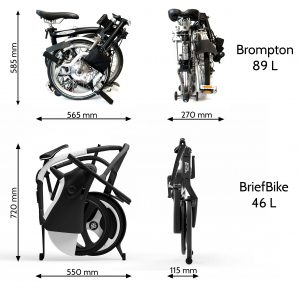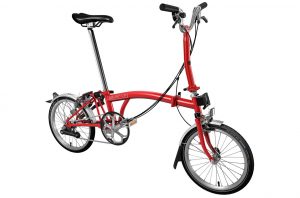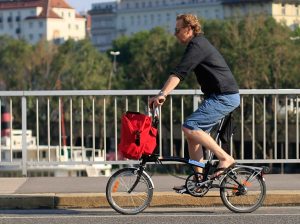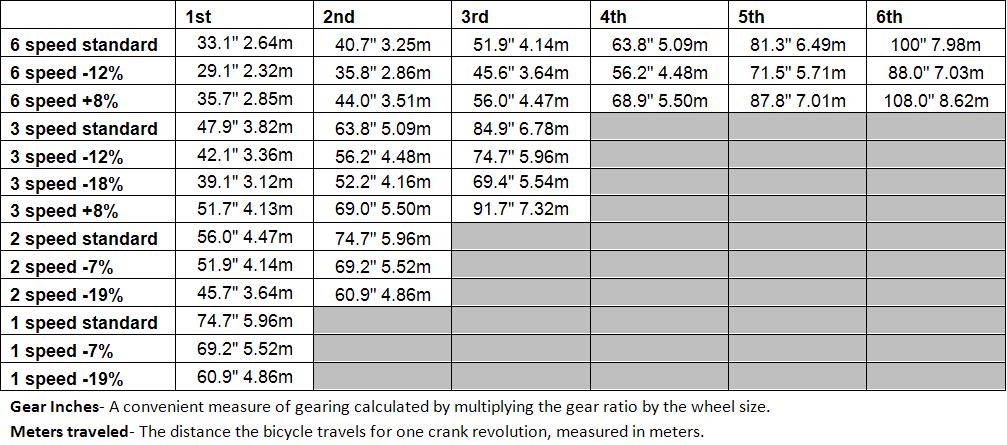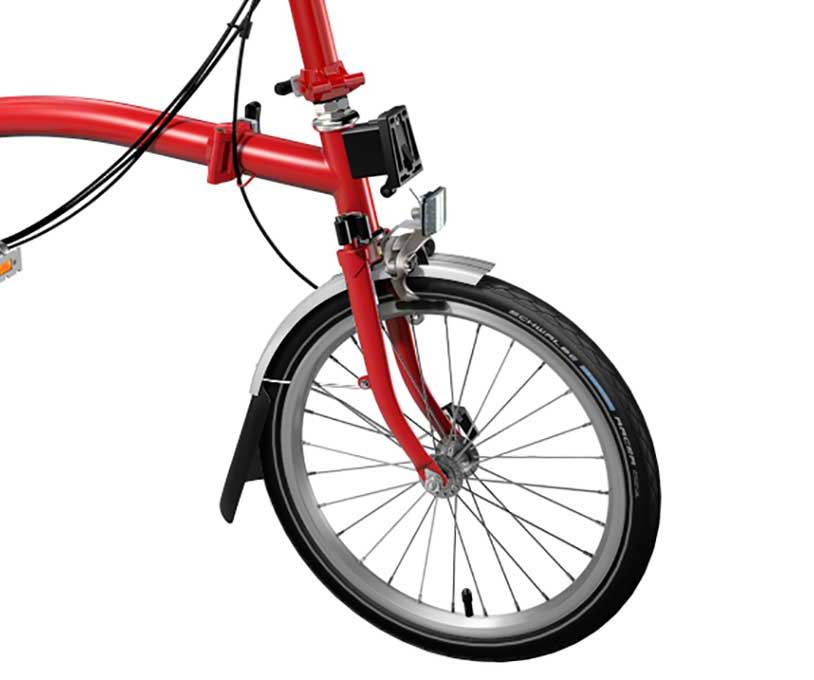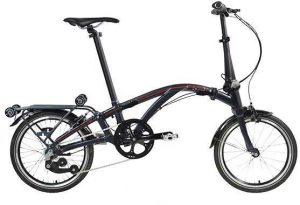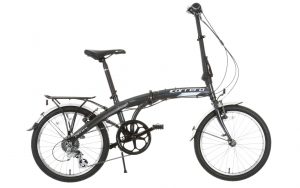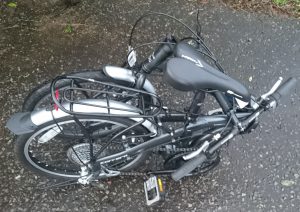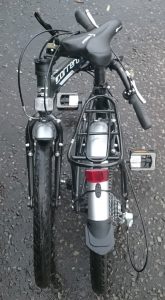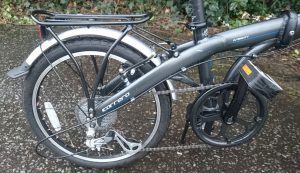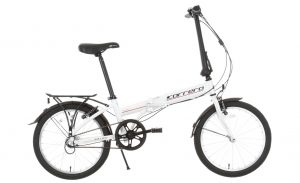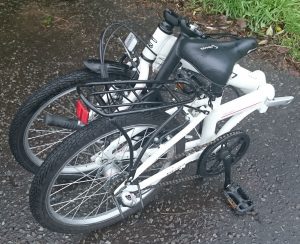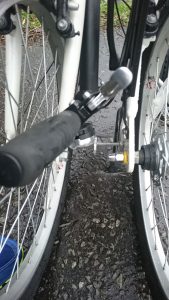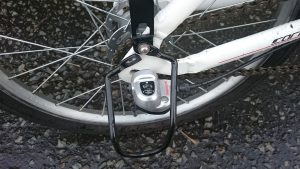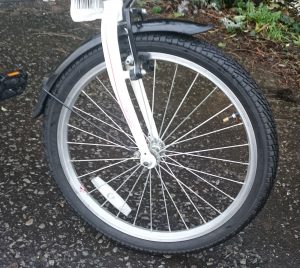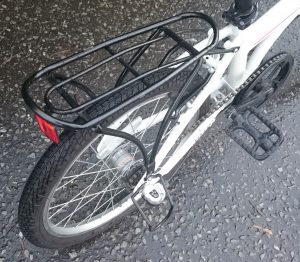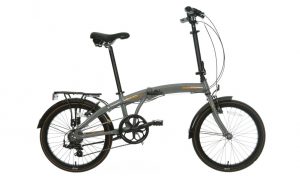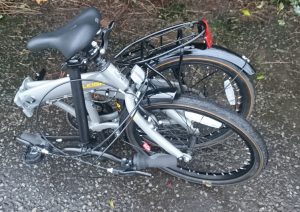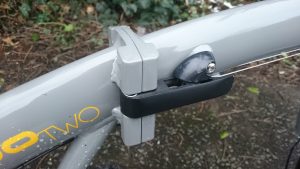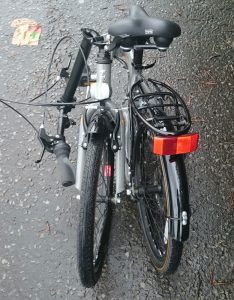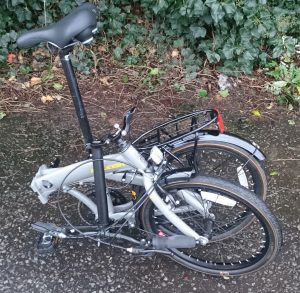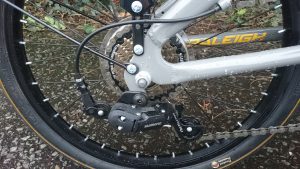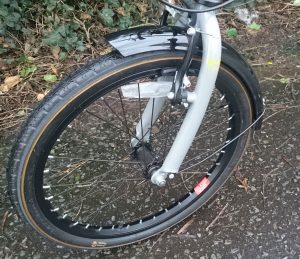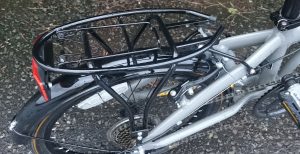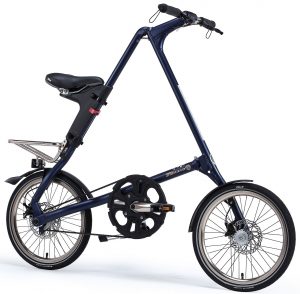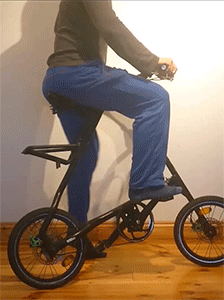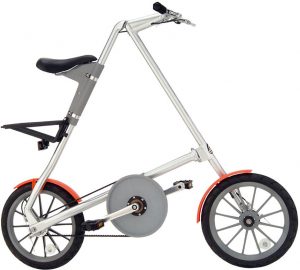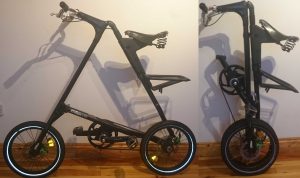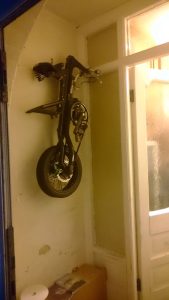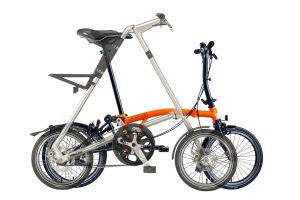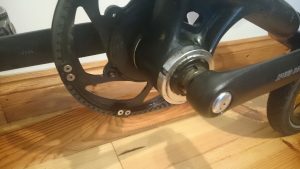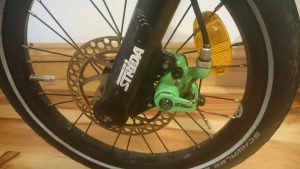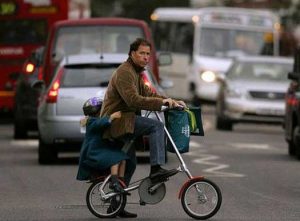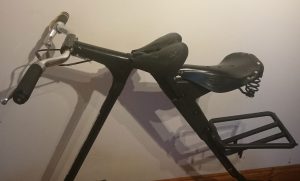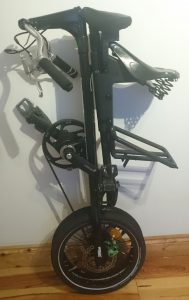When asking the question, ‘What is the smallest folding bike?’ it’s important to realize that there is no one answer. It depends on what you mean by smallest, and it depends on what you count as a bike!
What does ‘smallest’ even mean?
Are you interested in the bike with the smallest overall volume? Or is it the size of the greatest length that’s of more interest? In the real world, both usually matter to some extent.
If you have lots of bikes to store, perhaps in a shipping container, then it’s only really the volume that matters, as long as they stack nicely together, of course. Now imagine you have a bike that folds down into a long thin tube, a bit like a fishing rod. This would have a very small volume but would be extremely inconvenient.
So is a square cube what you want? Well, it depends. This can be ideal for storing in cupboards and luggage racks, but it’s not the easiest to get out of the way in a crowded space. For that, you want something a bit flatter.
Comparing the size of two folding bikes
To see how different shapes can suit different situations, let’s compare the well-established Brompton with the state-of-the-art BriefBike.
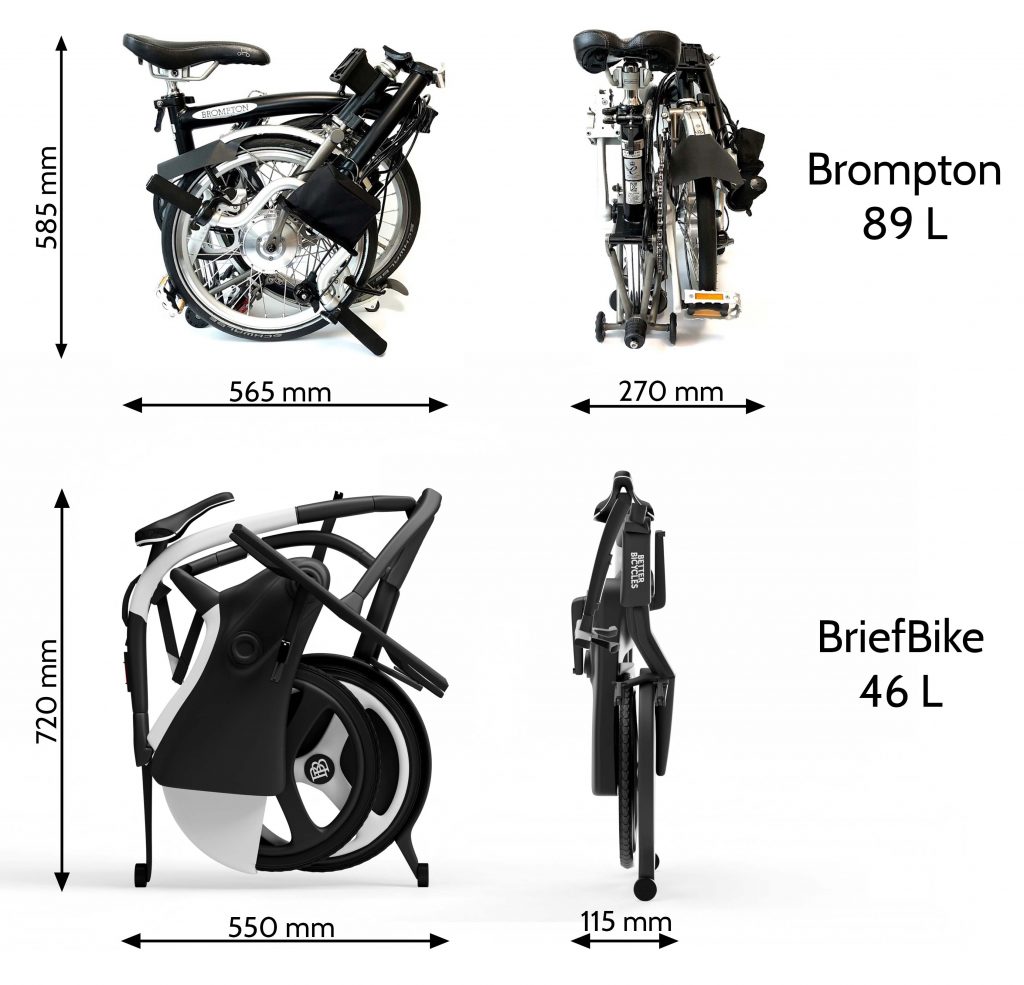
If you look at the side view, the Brompton appears quite a bit smaller. However, the volume of the Brompton is almost twice that of the BriefBike. Although the BriefBike is a bit taller, it ends up with a much smaller volume because it’s much thinner.
A thin flat shape doesn’t just reduce volume; it also tends to be less intrusive and easier to handle. For example, when stored against the wall in a hallway or carried beside your body in a crowded space. In these situations, it doesn’t really matter how tall something is, it’s all about how thin it is. The much thinner BriefBike can be held close to your body, or stored tightly against the wall. In these examples, the Brompton will protrude into the space, meaning people are more likely to bump into it. However, there are some places where a Brompton will fit more easily, such as cupboards, car boots, and some luggage racks. When trying to store something away, it is often the longest dimension that determines whether it will fit.
Which will be more acceptable in your local pub probably depends on whether you will be walking around in a crowd with the bike, or hiding it away under the table.
What counts as a bike?
Probably the smallest folding bike ever produced was the Sinclair A-bike. Although it was a very small, thin, and light folded package, it was virtually unusable as a bike. The 6″ wheels were just too small, the brakes were terrible, the riding position was very uncomfortable, and the transmission was very inefficient. In practice, 16″ wheels are an ideal size for a folding bike, and 12″ is probably the absolute minimum for a practical bike.
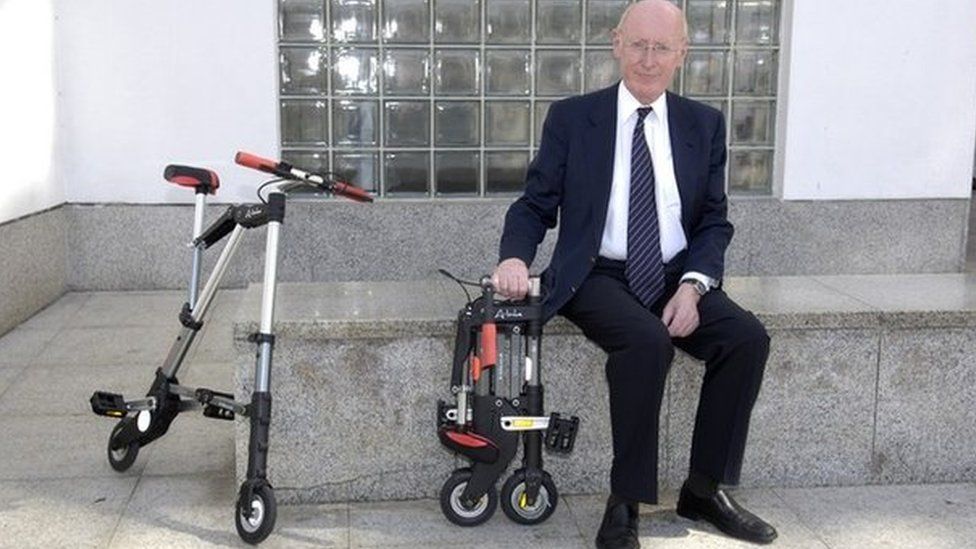
Sinclair no longer produces the A-bike, although there are still many copies being produced in Asia.
